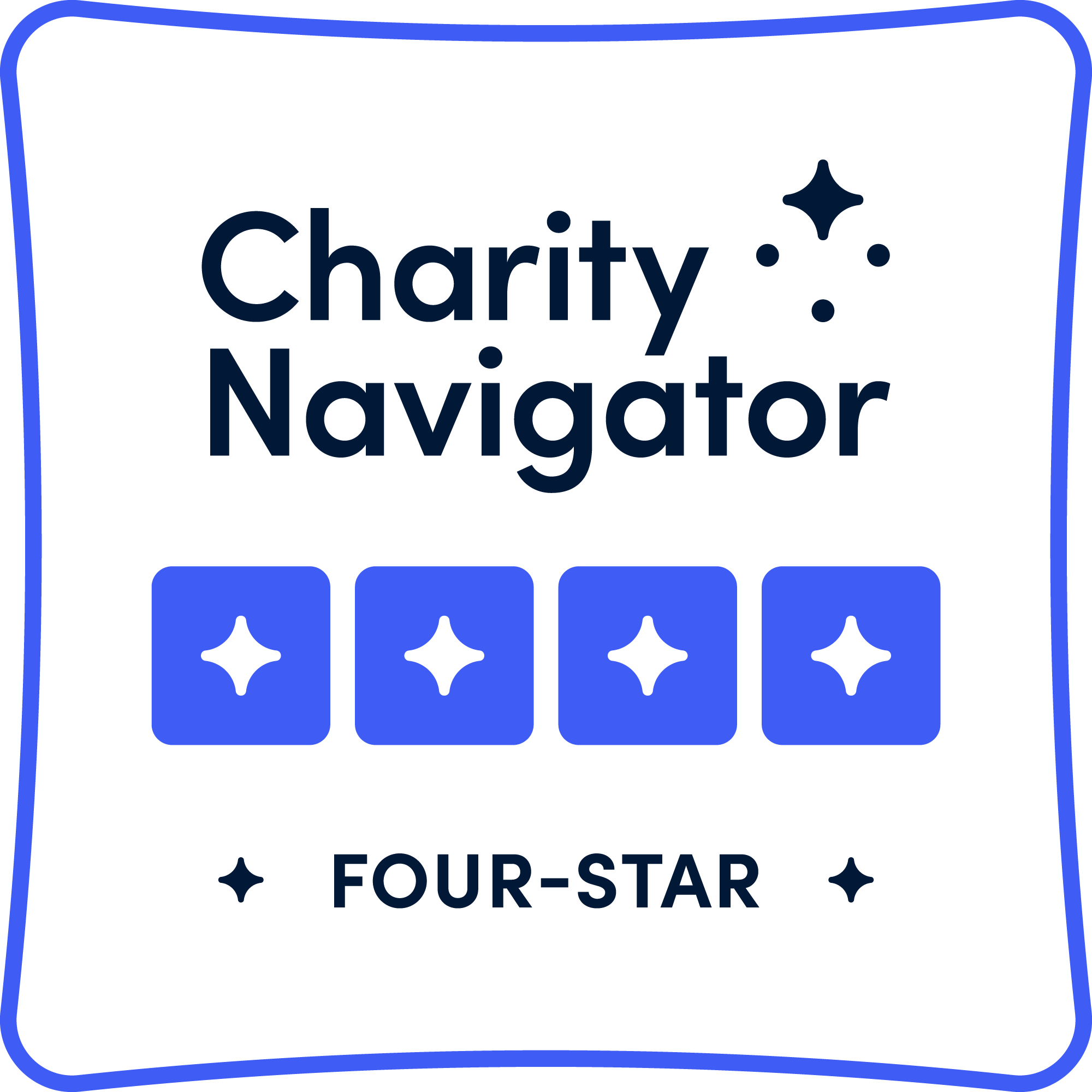Helping Veterans Takes a Village. Here’s Why.

As of November 1, 2020, National Veterans Intermediary (NVI) is called the Local Partner Network. Older content may reference our original name.
When service members separate or retire from the military, more than 45,000 nonprofits, thousands of public agencies, and countless other organizations and individuals aim to support their transitions back to civilian life. This series explores how communities across the country are collaborating across public, private, business, and social sectors to better connect the systems that serve veterans, by leveraging the principles of “collective impact.” The subjects featured are all members of National Veterans Intermediary (NVI) Local Partner collaboratives.
For many veterans, reintegrating into their communities after military service is challenging. Feelings of uncertainty can lead to isolation, and as many as one-third of veterans struggle with depression. It can be hard to reach out when help is needed.
“[Veterans] might not know where to start to get help,” said Carlis Miller, a veteran of the US Marine Corps, who knows firsthand the difficulty of asking for support.
Four years ago, Miller was in the middle of a painful divorce and had just finished grueling treatment for cancer. Not until the Houston native began volunteering for community service projects through The Mission Continues, a national nonprofit that encourages veterans to find new missions at home, did things begin to look up.
His newfound drive to serve others “turned my life around,” said Miller, who was inspired to become a community leader for TMC. “My passion is to help others and let them know about this veteran community that now means so much to me.”
Today, Miller also serves on the board of National Veterans Intermediary’s “Local Partner” collaborative, Combined Arms, which connects Houston-area veterans with community-building activities and resources. He has also trained as a community leader through Leadership Houston.
His participation in several veteran-focused groups exemplifies the way these organizations work toward a common goal by sharing resources with each other along the way. It’s an approach known as “collective impact,” a commitment among a diverse network of organizations to collaborate in order to solve social problems.
Collective impact means that organizations don’t have to compete to help veterans. Instead, “each organization does what it does best,” said Miller. “It’s not about all being the same. It’s about using our strengths to the best of our abilities.”
Working alone, an organization is inherently limited in its ability to help veterans overcome barriers when transitioning back to civilian life. But when a nonprofit partners with like-minded groups, said Miller, “we have endless options for support.”
“It’s really all about cocreating the future that we want to see and how we do that together,” said Jennifer Splansky Juster, executive director of the Collective Impact Forum, an initiative that supports the efforts of those who use this approach.
To successfully reach their goals requires “building relationships, trust and communication across the different partners,” Juster added.
Engaging community members, like Miller, who are deeply affected by the issues they’re trying to resolve is crucial — not only because their perspectives are important, but because they can help facilitate action, lead grassroots outreach and help sustain long-term change.
And the more everyone works together, “the better we understand each other and how we can help each other out,” he added.
This article was produced in partnership with NVI. NVI’s Local Partner network is the nation’s largest, most diverse, and most inclusive network of communities committed to the successful integration of veterans and military families. Learn more about NVI here.









